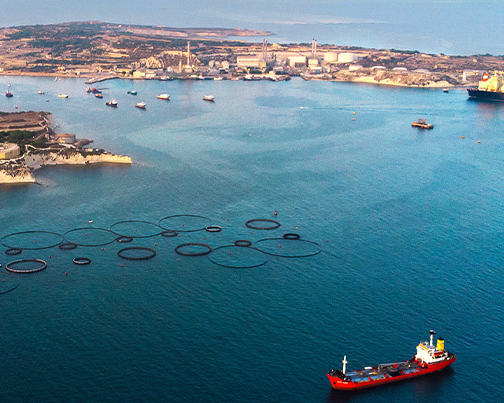With the EU 2050 targets of achieving carbon neutrality across all EU Member States, it is no surprise that the latest buzzword seems to be ‘hydrogen’. The use of hydrogen is an important solution which the EU is pushing, as it moves towards a low-carbon future and thus, various hydrogen-related funding opportunities are available.
Hydrogen
Hydrogen is a highly efficient, low polluting fuel that can be used for transportation, heating, and power generation in places where it is difficult to use electricity. Hydrogen from renewables can be produced through various pathways, with the most established being the use of renewable electricity to split water into hydrogen and oxygen in an electrolyser. It is a safe, clean, and versatile energy carrier and over the next decades, it will undoubtedly be a catalyst for transforming Europe into a zero-carbon continent.
There are 3 types of hydrogen, namely grey, blue, and green hydrogen. Grey hydrogen is produced using fossil fuels such as natural gas and unfortunately, to date it accounts for roughly 95% of the hydrogen produced in the world today. Blue hydrogen is made from natural gas through the process of steam methane reformation. During this process, CO2 emissions are generated, however these are reduced through carbon capture and storage. Blue hydrogen is one of the methods which aims at cutting carbon emissions. On the other hand, green hydrogen is produced via the electrolysis of water. The electricity used in this process comes from renewable sources such as wind and solar energy. Green hydrogen is sometimes referred to a renewable, or clean hydrogen.
As Europe looks to move towards a low-carbon future, the potential of green hydrogen has garnered increasing interest from several parties, including businesses, governments, and investors alike.
The European Commission published its Hydrogen Strategy, which aims at making the production of hydrogen cleaner, and expanding its use in sectors where it can replace fossil fuels. The Strategy focuses primarily on renewable hydrogen since it has the highest potential of reducing carbon emissions. The European Commission launched the “European Clean Hydrogen Alliance”, which will also play a crucial role in steering and coordinating the rapid upscaling of clean hydrogen production and use in Europe.
Recent Posts / View All Posts



Green Deal Malta is a non-political platform, which is not affiliated with any public or Governmental body.

